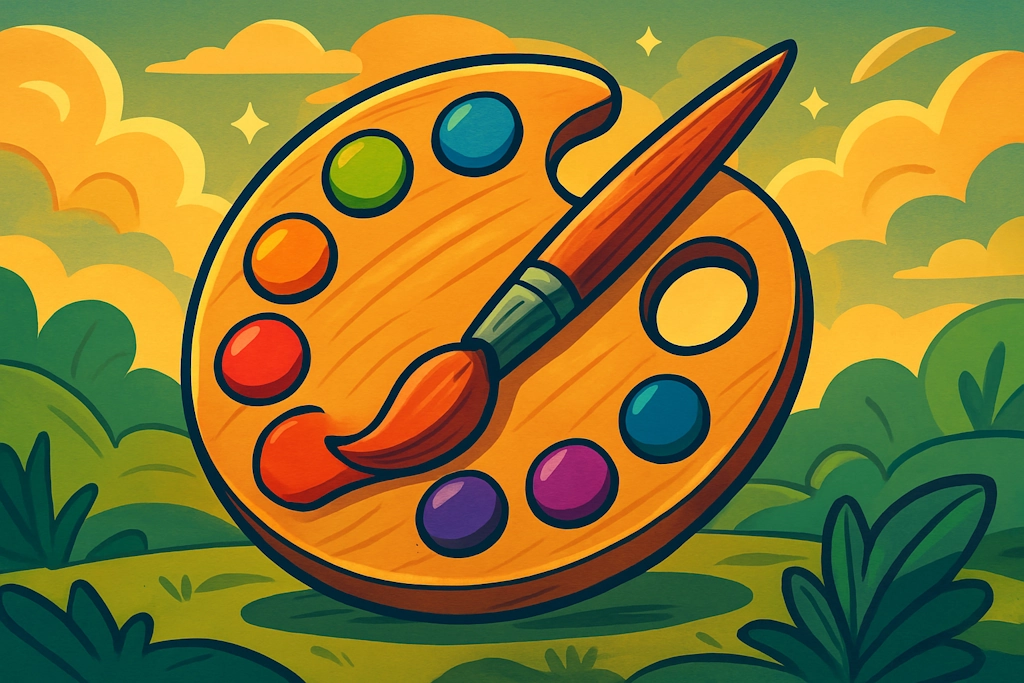🟥Color Names(Simple)
Generate creative and unique color names for art, design, and creative projects.
Choose your style:

Color Names
Generate creative and unique color names for art, design, and creative projects.
Example Color Names
Get inspired by these sample results
- Green
- Teal
- Red
- Orange
- Pink